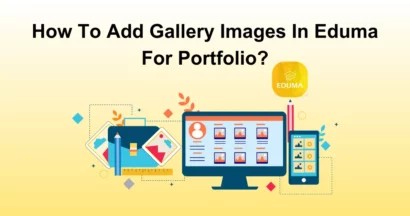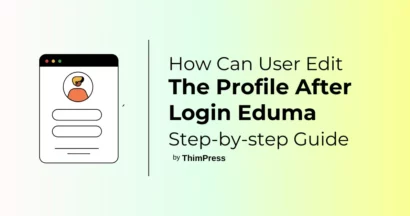Geography is no longer a restriction thanks to the internet which has made it easy to meet people from almost every part of the world.
This creates a very huge opportunity for online course makers – the possibility to reach out to other countries.
However, language can still be a significant obstacle. Offering your courses in only one language excludes a vast number of potential students.
This is when the need to create and build a multilingual online course website arises.
Eduma – Education WordPress Theme
We provide an amazing WordPress theme with fast and responsive designs. Let’s find out!
This comprehensive guide will walk you through the process of building a multilingual online course website, enabling you to tap into new markets and expand your reach.
We’ll explore the benefits, discuss key considerations, and provide step-by-step instructions to make your online courses accessible to a global audience.
Why Invest in Building a Multilingual Online Course Website?
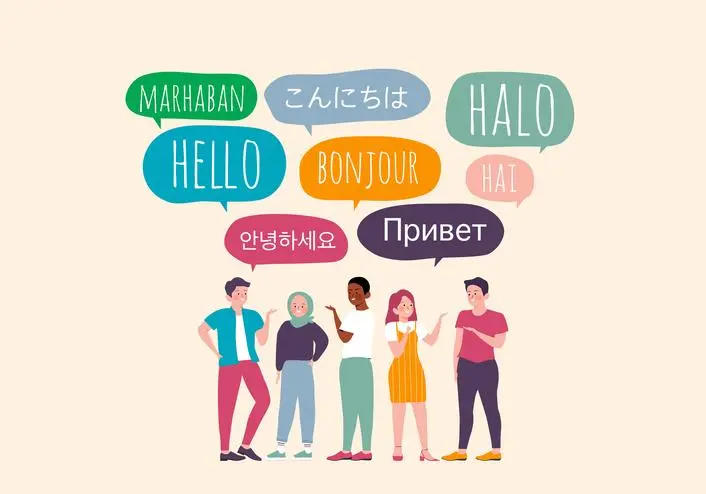
Building a multilingual online course website is more than just translating your content; it’s about creating an inclusive learning environment where students from diverse linguistic backgrounds feel valued and understood.
Here’s why it’s a worthwhile investment:
- Expand your reach: Offering your courses in multiple languages opens your platform to a global audience, significantly increasing your potential student base.
- Increase revenue: Reaching a wider audience directly translates to higher earning potential.
- Enhance student satisfaction: Providing learning materials in a student’s native language improves comprehension, engagement, and overall satisfaction.
- Gain a competitive advantage: In a growing market, offering multilingual courses can set you apart from competitors.
- Boost your brand reputation: Demonstrating a commitment to inclusivity enhances your brand image and fosters a positive global reputation.
Key Considerations for Building a Multilingual Online Course Website
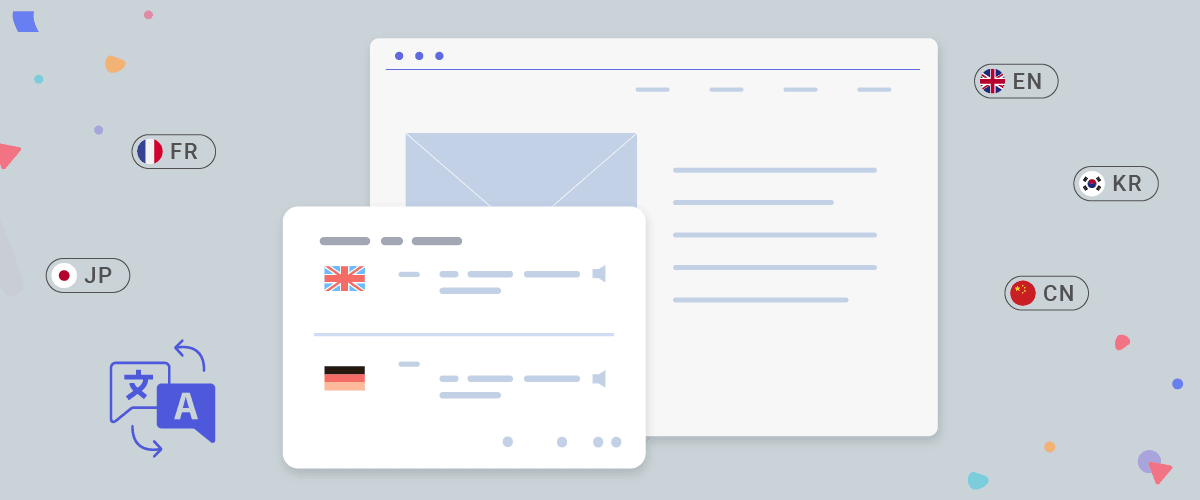
Before diving into the technicalities, it’s essential to strategize and consider the following aspects:
- Target languages: Research your target audience and identify the languages with the highest demand. Start with one or two and gradually expand your offerings.
- Content translation: Ensure high-quality translation of all course materials, including text, audio, video subtitles, and interactive elements.
- Website localization: Go beyond translation and adapt your website design and content to suit the cultural nuances and preferences of your target audience.
- SEO for multiple languages: Implement multilingual SEO best practices to ensure your website ranks well in search results for each target language.
- Technical infrastructure: Choose a robust platform that supports multilingual functionality, including UTF-8 encoding and right-to-left language support.
Step-by-Step Guide to Building a Multilingual Online Course
Creating an online course that transcends language barriers can significantly expand your reach and impact a global audience.
This comprehensive guide will walk you through the process of building a multilingual online course website, step by step.
1. Choosing the Right Platform for Your Multilingual Online Course Website
The foundation of your multilingual online course website lies in selecting the right platform.
This choice will influence how easily you can manage and present content in various languages.
Consider these key features:
- Robust Multilingual Support: The platform should have built-in functionalities for creating and managing content in multiple languages. Look for features that streamline translation workflows and allow for easy switching between languages for both you and your learners.
- Customizable Interface: Ensure the platform allows you to translate all website elements, including menus, buttons, error messages, and interactive features. This creates a consistent and immersive experience for users in their preferred language.
- SEO-Friendly Features: To attract international learners, your platform should support SEO best practices for multilingual websites. This includes features like hreflang tags, multilingual sitemaps, and the ability to optimize content with localized keywords.
- Integration with Translation Tools: Seamless integration with translation services can significantly streamline the localization process. Look for platforms that connect with popular translation APIs or offer built-in translation management tools.
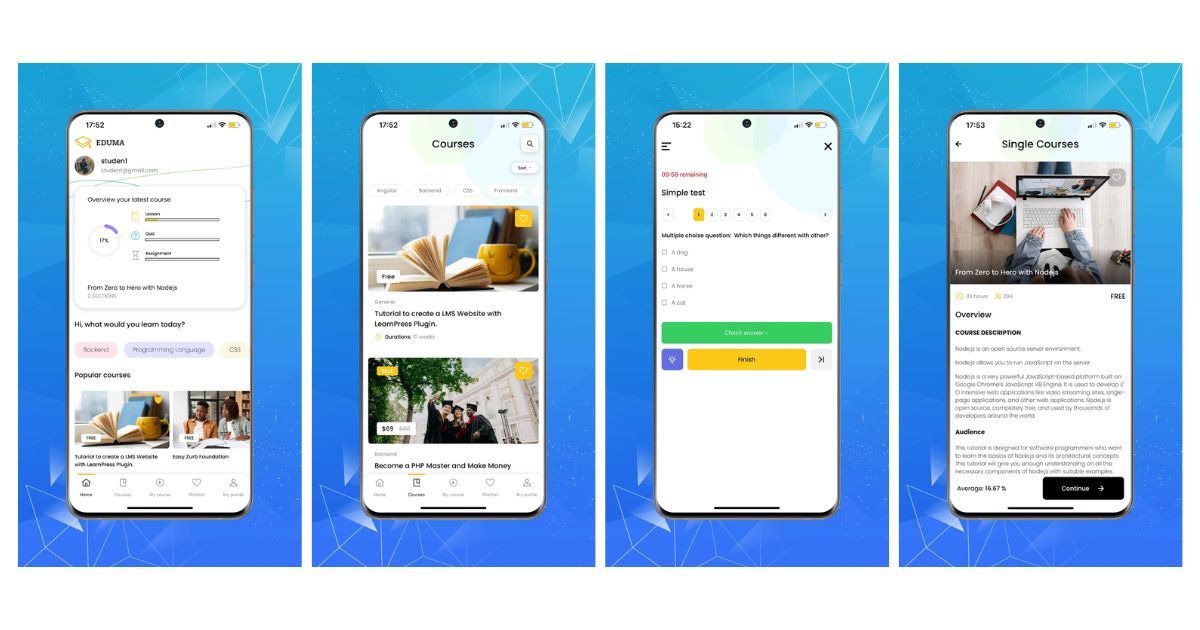
Creating an online course that reaches a global audience requires a platform that can speak their language.
The following Learning Management Systems (LMS) offer robust features for building and delivering courses in multiple languages, helping you expand your reach and impact.
From user-friendly interfaces to powerful customization options, these platforms cater to diverse needs and budgets.
- Thinkific: A user-friendly platform with built-in translation features and integrations with third-party translation services.
- Teachable: Known for its ease of use, Teachable supports multiple languages and offers tools for course creation and marketing to a global audience.
- Podia: An all-in-one platform that simplifies website and course creation. Podia offers multilingual features and supports selling courses in various currencies.
- Moodle: A powerful open-source LMS with strong multilingual support and a vast library of plugins for extended functionality.
- WordPress with LMS Plugins: WordPress offers flexibility and extensive customization options. Combine it with dedicated LMS plugins like LearnPress to create a robust multilingual online course website.
Thoroughly research and compare the features of each platform to determine the best fit for your needs and technical expertise.
2. Planning Your Content Strategy for a Multilingual Online Course Website

A well-defined content strategy is essential for creating a successful multilingual online course website.
This involves more than just translating words; it requires careful consideration of cultural nuances and learning preferences across your target audience.
- Translation and Localization: Decide on your approach to translation. Will you use professional translators, machine translation with human review, or a combination of both? Consider the complexity of your content, your budget, and the desired level of accuracy.
- Cultural Adaptation: Go beyond literal translation and adapt your content to resonate with different cultural sensitivities and preferences. This includes using appropriate imagery, humor, and examples that are relevant to each target audience.
- Multimedia Localization: Ensure all course materials are accessible to a global audience. Translate subtitles for videos, provide transcripts for audio content, and ensure all visual elements are culturally appropriate and inclusive.
- Content Updates: Establish a clear process for updating translated content when the original course material changes. This ensures consistency and accuracy across all language versions of your course.
3. Translating Your Course Content for a Multilingual Online Course Website
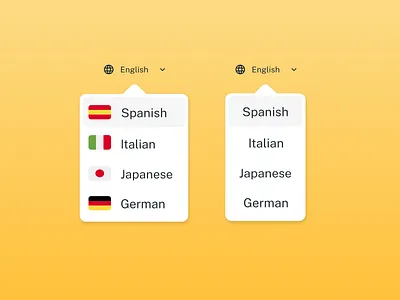
Accurate and high-quality translation is crucial for effective learning and maintaining the integrity of your course content.
Evaluate these options:
- Professional Translation Services: Hiring professional translators ensures accuracy, cultural sensitivity, and linguistic nuance. While this option can be more expensive, it often provides the highest quality results.
- Machine Translation with Human Review: Tools like Google Translate can be a cost-effective starting point for translation. However, it’s crucial to have human reviewers edit and refine the output to ensure accuracy, clarity, and natural language flow.
- Community Translation: Engaging your student community to assist with translation can be a valuable resource for less common languages and foster a sense of collaboration. However, implement strict quality control measures to maintain consistency and accuracy.
4. Implementing Multilingual SEO for Your Online Course Website
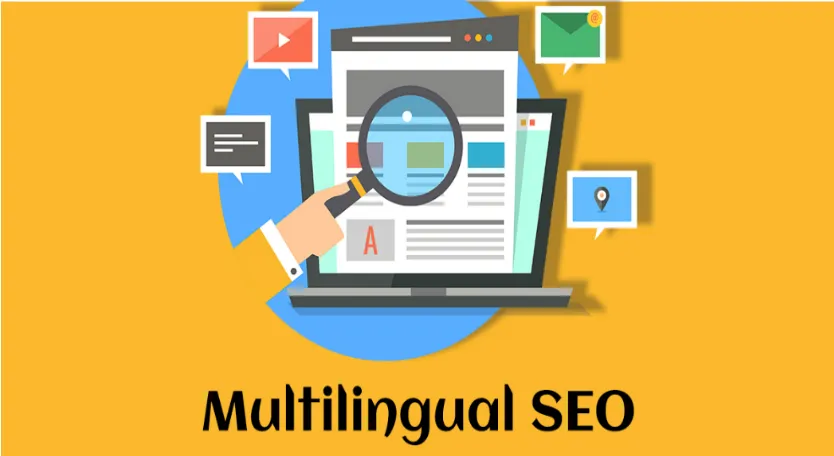
Optimizing your website for multiple languages is vital for attracting international learners and ensuring your courses rank well in search engine results across different regions.
- Hreflang Tags: These tags tell search engines which language each page is intended for, ensuring that users are directed to the correct version of your website based on their location and language preferences.
- Multilingual Sitemaps: Create separate sitemaps for each language version of your website and submit them to Google Search Console. This helps search engines discover and index all your translated content.
- Localized Keywords: Conduct thorough keyword research for each target language to identify relevant search terms and optimize your content accordingly. This ensures your website appears in search results for users searching in their native language.
- Translated Metadata: Translate all metadata, including page titles, descriptions, and image alt text, for each language. This provides context to search engines and improves the visibility of your website in international search results.
5. Providing Excellent Customer Support for Your Multilingual Online Course Website

Offering multilingual customer support is essential for building trust with a global audience and ensuring student satisfaction.
- Multilingual Knowledge Base: Create a comprehensive FAQ section in multiple languages to address common queries and provide self-service support to learners around the world.
- Translation Tools: Utilize live chat translation tools to communicate with students in their preferred language in real time. This allows for immediate assistance and personalized support.
- Multilingual Support Team: If feasible, hire support staff who are fluent in your target languages. This provides a more personalized experience and ensures clear communication with learners from different linguistic backgrounds.
6. Testing and Refining Your Multilingual Online Course Website
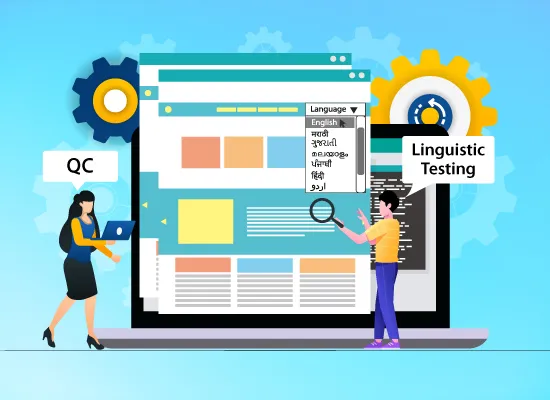
Thoroughly test your multilingual website and course content to ensure a seamless user experience for learners across all languages.
- Language Switcher: Verify that the language switcher is easily accessible, prominently displayed, and functions correctly on all pages.
- Content Formatting: Ensure that text displays correctly in all languages, including right-to-left languages like Arabic and Hebrew. Pay attention to font compatibility, text direction, and character encoding.
- User Experience: Test the website and course navigation in each language to ensure a smooth and intuitive experience. Verify that all links, buttons, and interactive elements work as expected.
- Gather Feedback: Encourage students to provide feedback on the translated content, website usability, and overall user experience. This valuable input can help you identify areas for improvement and refine your multilingual online course website over time.
Best Practices for Building a Multilingual Online Course
Keep these best practices in mind throughout the process:
Start small and scale gradually. Begin with one or two languages and expand your offerings as your audience grows.
Prioritize quality over quantity. Focus on accurate and culturally relevant translations to ensure a positive learning experience.
Promote your multilingual courses. Highlight your language options in your marketing materials and website.
Continuously improve. Regularly review and update your translated content to maintain accuracy and relevance.
Building a Multilingual Online Course with LearnPress WPML Add-on
Making an eLearning course available in multiple languages is very important if you want to address a wide audience.
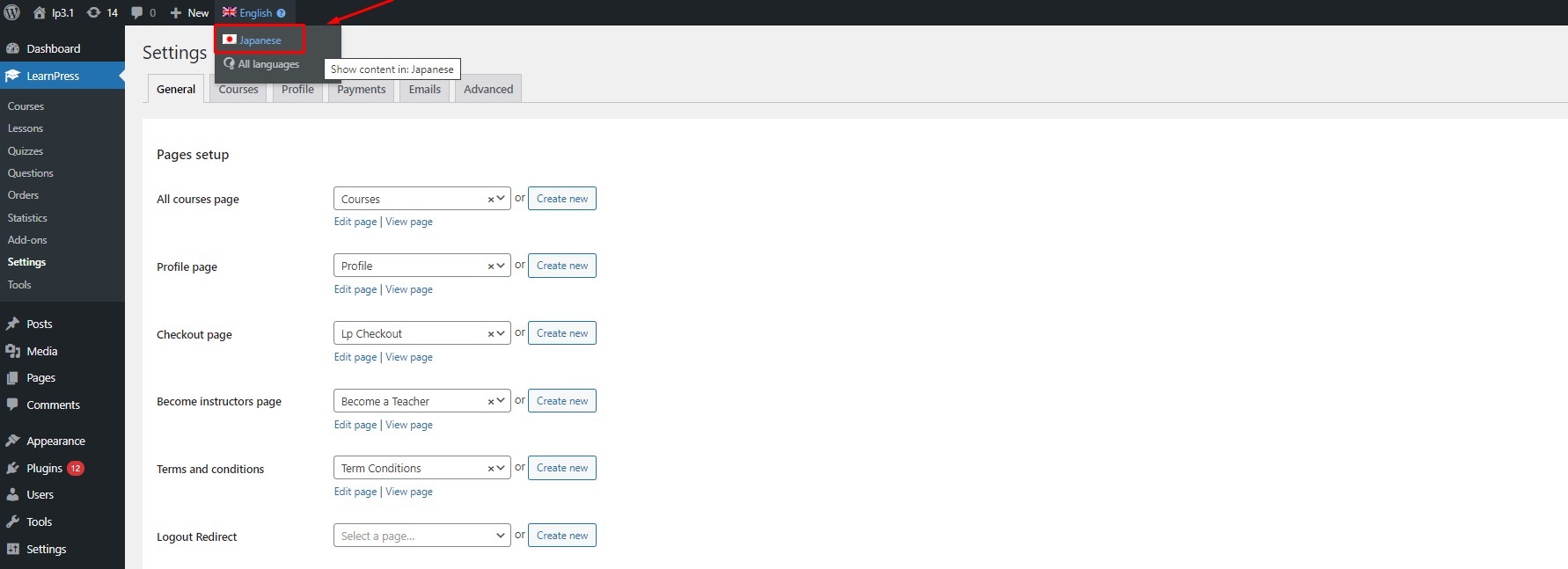
Should you be using WordPress, integrating the WPML for LearnPress add-on into LearnPress LMS makes it easy to translate eLearning courses into any language.
Using LearnPress WPML Add-on you can do the following:
- Course Translation. It enables easy course materials, quizzes, and assignments translation in the WPML dashboard.
- Allow Language Navigation. Allow students to change languages while on any page for better user experience.
- Effective MultilingualSEO. The SEO supports provided by WPML e.g. hreflang tags allows better indexing for all languages.
Quick Steps to build your Multilingual Course:
- Install LearnPress and WPML. Install both plugins and ready the language setting. See more at LearnPress installation guide and WPML installation guide.
- Fill Different Languages in each Content Section. Go to the backend and Translate course element using WPML editor without compromising on quality and consistency.
- Test the Language Switcher. Confirm that the students can switch languages easily and all the content in the translated version is correct.
After translating the courses using the LearnPress WPML Add-on, you will be able to reach out to ever more students and increase their satisfaction and rove engagement.
Start building a multilingual course website today with LearnPress!
Conclusion
Building a Multilingual Online Course Website is an investment in your growth, your student’s success, and the global reach of your knowledge.
By embracing linguistic diversity, you not only expand your audience and revenue potential but also foster a more inclusive and impactful learning experience.
Remember to prioritize quality, adapt to cultural nuances, and continually refine your approach to ensure your online courses resonate with learners worldwide.
Now that you have the roadmap, it’s time to embark on your multilingual journey and unlock a world of opportunities.
Read more: 12+ Best Online Course WordPress Plugins
Contact US | ThimPress:
Website: https://thimpress.com/
Fanpage: https://www.facebook.com/ThimPress
YouTube: https://www.youtube.com/c/ThimPressDesign
Twitter (X): https://twitter.com/thimpress
